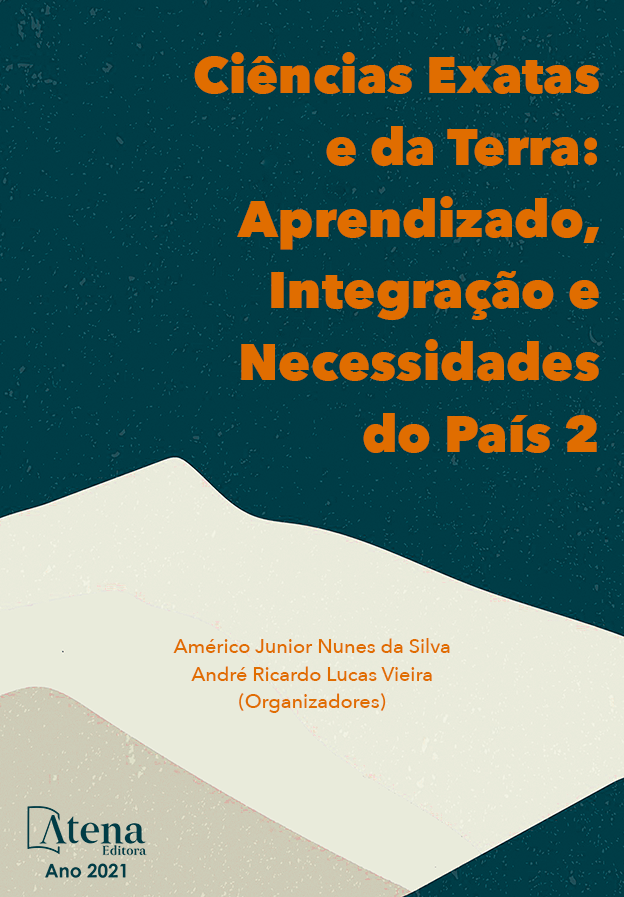
GÊNESE DE LINHAS DE PEDRA ATRAVÉS DE INFERÊNCIAS PALEOAMBIENTAIS NO MÉDIO VALE DO RIO PARAÍBA DO SUL, SUDESTE DO BRASIL
O Vale do Rio Paraíba do Sul, localizado entre São Paulo e Rio de Janeiro, as duas maiores metrópoles do Brasil, compreende uma área bastante alterada e com solos desgastados e erodidos. Nessa área, a composição original de Mata Atlântica é, atualmente, representada apenas por pequenos mosaicos numa paisagem de extensos campos de pastagem. Este estudo objetiva reconstituir as condições paleoambientais do Médio Vale do Rio Paraíba do Sul no Quaternário tardio e inferir possíveis mudanças climáticas e na vegetação, associadas à ocorrência de linhas de pedra. A metodologia contou com análises pedológicas, fitolíticas, isotópicas e datações (14C-AMS). Foram identificadas variações na densidade arbórea: no período anterior a 9000 anos cal AP, a vegetação era predominantemente esparsa, em ambiente mais seco e com temperaturas médias mais baixas que as atuais; após este período, o ambiente tornou-se mais úmido e a vegetação mais arbórea; o período entre 9000 e 8200 anos cal AP, quando se dá a formação das linhas de pedra, foi mais seco que o anterior; a partir de cerca de 2900 anos cal AP, o ambiente se torna progressivamente mais úmido e semelhante ao atual. A hipótese de gênese das linhas de pedra é a de coluvionamento de pequena distância atrelado a períodos de chuvas concentradas.
GÊNESE DE LINHAS DE PEDRA ATRAVÉS DE INFERÊNCIAS PALEOAMBIENTAIS NO MÉDIO VALE DO RIO PARAÍBA DO SUL, SUDESTE DO BRASIL
-
DOI: 10.22533/at.ed.6152114049
-
Palavras-chave: reconstituição paleoambiental, fitólitos, Médio Vale do Rio Paraíba do Sul, linhas de pedra
-
Keywords: paleoenvironmental reconstruction, phytoliths, Middle Paraíba do Sul River Valley, stone lines
-
Abstract:
The Paraíba do Sul River Valley, located between São Paulo and Rio de Janeiro, the two largest cities in Brazil, comprises a highly altered area with weathered and eroded soils. In this area, the original composition of the Atlantic Forest is currently represented only by small mosaics in a landscape of extensive pasture fields. This study aims to reconstruct the paleoenvironmental conditions of the Middle Paraíba do Sul River Valley in the late Quaternary and to infer possible changes in climate and vegetation, associated with the occurrence of stone lines. The methodology was based on soil, phytolith, isotopic and 14C-AMS analyses. Some variations in tree density were identified. In the period prior to 9000 years cal BP, the vegetation was predominantly sparse, in a drier environment and with lower average temperatures than the current, after which the environment became more humid and the vegetation more arboreal. In the period between 9000 and 8200 years cal BP, when the formation of stone lines occurs, it was drier than the previous period but from 2900 years cal BP, the environment becomes progressively more humid and similar to the current one. The hypothesis of the genesis of the stone lines is the one of colluviation of short distance linked to periods of concentrated rainfall.
-
Número de páginas: 20
- Heloisa Helena Gomes Coe
- André Luiz Carvalho da André Silva
- Amanda Pacheco Seixas
- Igo Fernando Lepsch
- Mauro Parolin
- Kita Macario
- André Luiz Carvalho da Silva


